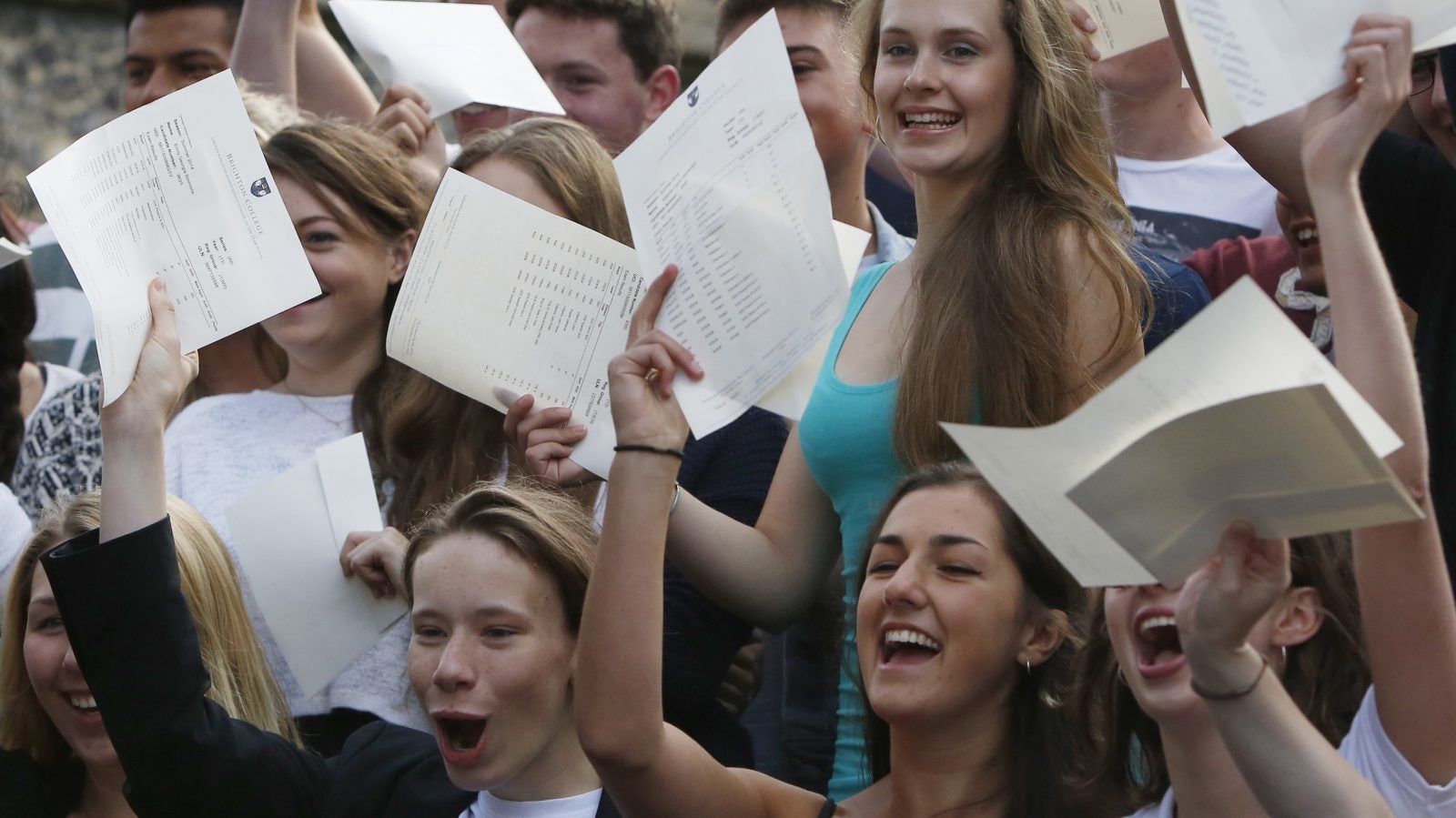How to fix the diversity problem in finance, from a Federal Reserve economist who fixed hers
For years, the Federal Reserve Bank of San Francisco saw its lack of gender diversity as an unfortunate byproduct of the system of which it was part—after all, it could only hire people who applied for jobs there, and couldn’t force that pool to become more diverse, right?


For years, the Federal Reserve Bank of San Francisco saw its lack of gender diversity as an unfortunate byproduct of the system of which it was part—after all, it could only hire people who applied for jobs there, and couldn’t force that pool to become more diverse, right?
Mary C. Daly, senior vice president and associate director of research at the bank, realized her institution was subject to that logic. In a blog post on Medium, she writes:
Year after year we reassured ourselves that we weren’t really accountable for our lackluster diversity report card. We noted that few women go into economics, and even fewer go on to get econ PhDs. When they do, higher-profile academic institutions with deeper pockets and more bargaining room snap them up. We just can’t compete. In other words, given the circumstances, a B is a pretty good grade.
Then, one day, the organization decided to dig into the process by which it hired research associates, the economics, math, and statistics majors who come to the bank straight from university—in effect, the start of the pipeline for the San Francisco Fed’s economic research staff. Once it did that, everything changed.
On average, 80% of research associates the bank hired were men. But looking at the pool of fresh graduates available to fill those roles, the male-female split was closer to 60-40. The bank committed to improving the gender diversity of its research associates and gave itself a year to show progress.
It was a year of hard work. Talking to professors and other professionals, the bank found that it was still seen as a “boy’s club,” and set out to change that perception by writing to “hundreds” of colleges and universities, explaining its commitment to diversity, and to providing training and opportunities for young staff.
Daly called every person the bank made an offer to, part of a “high contact” approach that also included engaging in conversation with any economists and research associates who had concerns. At the end of the year, Daly writes, the gender balance among its research associates was 50/50.
The bank hasn’t achieved the same levels of diversity among PhD economists, or in terms of racial and ethnic diversity. But Daly says that a fundamental shift from shirking to accepting responsibility was powerful.
“[T]he biggest change,” she writes, “was in our mindset. We acknowledged that we were not victims of a backwards world but rather causalities of our own excuses.”
It’s a rallying call to finance, and other non-diverse industries, not to wait for change but to make it, one workplace at a time.